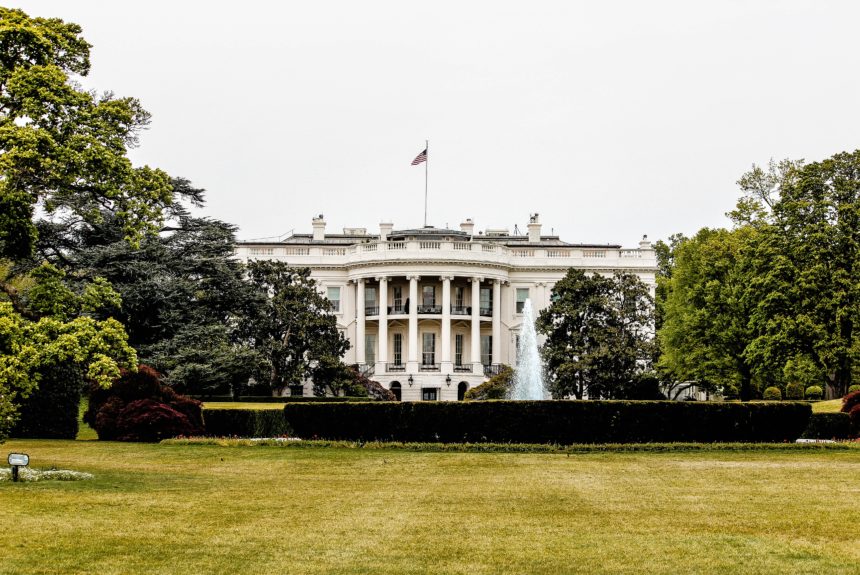By William Murray
Last month a little-known White House advisory council made up of environmental justice leaders called on the Biden administration to deliver 40 percent of clean energy benefits directly to environmental justice communities.
Debates over how much attention and resources to direct at environmental justice communities are worthy and have been on-going since the federal government first adopted several measures in the 1990s to address race-based and class-based disparities in environmental protection.
More funding for EPA programs like Brownfield and Superfund site clean-ups and support for expanding Opportunity Zones would go a long way toward reversing the history of pollution and structural underinvestment that has plagued thousands of American communities for decades.
But the White House Environmental Justice Advisory Council (WHEJAC) decided to go the extra mile – too far (as advocacy panels often do). The group published a report listing the types of energy projects – 14 kinds – that should be blocked from affiliation or funding through environmental justice communities. These technologies include all carbon capture and sequestration projects, nuclear power, and anything that extends the life of fossil fuels.
It makes no sense whatsoever for anyone – let alone Environmental Justice advocates – to oppose technologies like nuclear that can be used off of the grid in poor and isolated communities, or carbon capture that could ultimately solve the “wicked problem” of climate change. Or cheap and clean natural gas that has moved the country’s electrical grid away from more polluting coal-powered electricity, while cutting the particulate pollution that often plagues poor neighborhoods abutting vintage coal power plants.
Increasing the energy prices of poor people is not a vision of environmental justice any realistic citizen or voter would recognize. The Biden administration should be talking more about the Obama administration’s “all of the above” rather than “none of the above.”
Even President Biden’s senior climate adviser Gina McCarthy agrees, telling reporters in response to a question about WHEJAC that Biden would continue to support nuclear and carbon capture as part of an “all-of-the-above strategy.”
The report ended by speaking of the 40 percent of EJ benefits being a ‘ceiling’ not a floor’ for the administration, not “as a cap but as a starting point.”
In poker terms, this is the environmental justice group’s ‘tell,’ showing the effort to be largely a messaging document through which the White House and progressive Democrats in Congress can keep their environmentalist, justice supporters, and fund-raisers engaged.
Washington could do with fewer messaging documents and more action for Environmental Justice communities, focusing on greener agriculture, lead water pipe replacement, and clean drinking water infrastructure for starters.
But attacking many of the technologies that could lead the way to a cleaner future with cheaper energy in the 21st Century seems like picking one more fight where none should be started. A little less heat from downtown D.C. could give the country just a little more light.
The views and opinions expressed are those of the author’s and do not necessarily reflect the official policy or position of C3.
